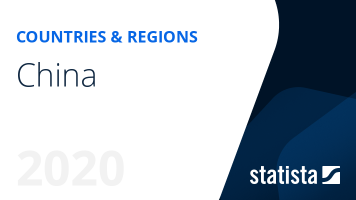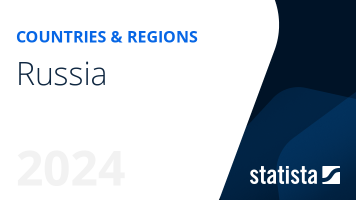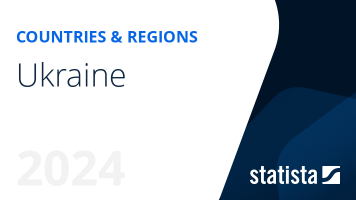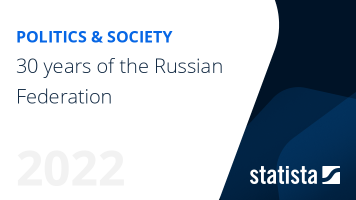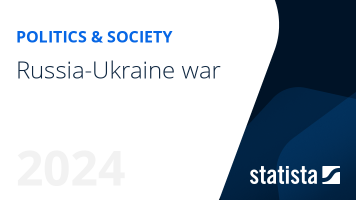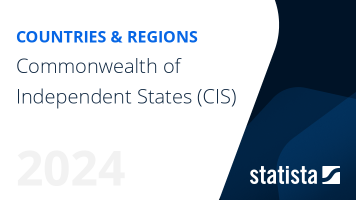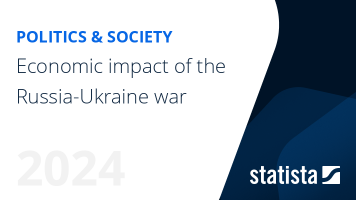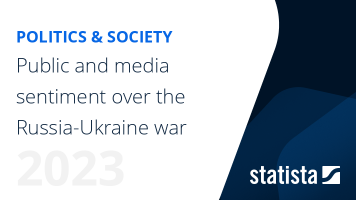Russia - statistics & facts
Geography
Russia is located in both Europe and Asia, with the Ural Mountains often viewed as the border between the continents. Even though approximately three-quarters of Russia’s landmass is east of the Urals, most of the population lives in Europe. Moscow, the capital, and Saint Petersburg are the two largest cities and popular tourist destinations. Much of Russia's landmass is taken up by Siberia, which stretches from the Urals to the Pacific and includes a large part of the Arctic desert and Taiga biome, as well as the Lena, Russia's longest river.Modern Russia's history
After the Union of Soviet Socialist Republics (USSR) was formally dissolved in 1991, Russia emerged as the de facto successor to the Soviet Union. The 1990s marked a period of economic decline, as the transition to democracy and capitalism proved tumultuous; crime and corruption were rampant, hyperinflation led to a stock market crash in 1998, and Boris Yeltsin, Russia’s president who oversaw this transition, resigned in late 1999. Under the leadership of Vladimir Putin, the economy stabilized in the 2000s, largely driven by its energy sector. Even though the 2010s saw more moderate economic growth, Putin has remained popular among the population, with an approval rating of over 80 percent. The winner of the 2024 presidential election, Putin is serving his fifth term until 2030.Foreign affairs
Russia’s diplomatic relations with Europe and the U.S. have fluctuated, with the country being a major supplier of natural resources to these regions for many years. While most former-Soviet economies are dependent on trade with Russia, their attempts to strengthen ties with the West are usually met with resistance. The most notable cases are Russia’s military involvement in Georgia in 2008, the annexation of Crimea from Ukraine in 2014, and the Russia-Ukraine war that began in 2022. After Western countries imposed sanctions on Russia and it was excluded from G8, relations with the BRICS have arguably become Russia’s most beneficial.The war in Ukraine, trade restrictions, and demographic challenges will continue to shape Russia's economy and society. Thus, the country is expected to see a decline in population and a growing ratio of national debt to GDP. Nevertheless, as Russia strengthens domestic production capabilities and maintains trade ties with non-Western partners, its GDP is expected to continue growing.





















































